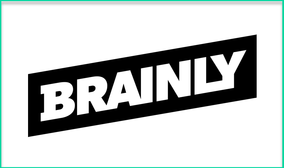
As you can see, the core Brainly is about helping students find answers to questions when they get stuck with school work.
My immediate question was of course, what about cheating? What about students who are just going on the site to get answers to their questions so they don’t have to do any work?
Fortunately, Brainly has done an excellent job designing this resource to help prevent against cheating both practically and philosophically, and we’ll discuss this throughout the review.
When students first login to Brainly after creating their free account, they’ll be presented with the main dashboard. Big and bold in the center is the question, “What do you need to know?” which is a great place to start.
Students can filter questions by subject area or school level if they’re looking to answer some, or they can just type in their question to get started.
As the video above explains, you’ll typically get an answer to your question in under 10 minutes, which was my experience during testing as well. It helps that Brainly has over 60 million users, so in general, students are there and ready to help.
To ask a question, you have to spend “points.” First off, these points are free - there’s no way to purchase additional points, no in-app purchases, or anything along those lines. Instead, you have to earn points by helping answer other student's’ questions. This is one way that Brainly facilitates the exchange of help, and also encourages students to find an area where they feel strong enough in to answer questions.
I really love this aspect of Brainly because I think it encourages students who may otherwise not view themselves as strong learners to find an area of strength. This also helps those students see that even if there are areas they might not be good in, they can still offer help to others in need.
Another aspect of Brainly that I really love is the moderation provided by the Brainly staff, and this ties into my earlier question about cheating. There is a big focus within the app on providing help that is not simply an answer to the question, but an explanation of the why and how.
So answers that don’t provide step-by-step guidance, or detailed explanations, are typically flagged by the moderators and those students are asked to expand upon what they’ve written to provide more details.
Also, if a student gets an answer completely wrong, the moderators will let that student know and they’ll get a chance to revise their answer as well. So there’s no criticism or blocking, just helpful feedback and a chance to make revisions.
Additionally, moderators are also on the lookout for questions that are very clearly test questions, and those get removed immediately as well.
Finally, in terms of cheating, when talking to teachers, Brainly found that most didn’t mind if their students were using other resources to figure out how to do something, they just wanted to make sure their students were looking at correct information.
Personally, I agree with this philosophy wholeheartedly. Students are going to use the internet to try and find help, and I think Brainly can be much more beneficial than sifting through Google or Wikipedia, plus it gives other students the chance to become teachers, which I absolutely love.
Brainly also does a lot to encourage participation through gamification. In addition to getting points for answering other people’s questions, they have a list of the “Brainliest users.” This list comes from those who get marked as having “Brainliest” answers by the question asker.
On top of that, there’s a list of challenges for users to complete, which can earn you more points as well. These include things like “Answer 10 English questions in 48 hours to collect 100 points” and so on.
Looking ahead, Brainly is focused on building out student learning paths, so that each user will have a more personalized Brainly experience focused on their strengths and learning gaps. The Brainly team wants to be sure students can set their own goals, and track their progress as they work in the app.
But even its current state, I’m a big fan of Brainly. My first reaction, as I’m sure is true with many teachers, was a little hesitant, particularly in regards to my concerns for cheating. But after exploring the resource, and seeing how students interact with each other and provide support, I found myself greatly appreciating the service Brainly is offering. The chance for students who are typically viewed as lower ability to find areas of strength and to provide support to their peers is wonderful, and the gamification side makes Brainly a lot of fun to use.
On top of all that, having a community of peers where students can seek quick assistance outside of school hours is great, and means that students don’t have to spend time stuck on questions that they can’t figure out.
Overall, I would absolutely recommend checking out Brainly. Give it a spin as a teacher, and see if it’s something you might want to recommend to your students as a source of help outside of the school day. Or have your students provide help to others on a unit you just finished in your own class, to demonstrate their understanding of the topic, and then submit screenshots of the students they helped! There are lots of great classroom applications, and in short…
The opinions expressed in this review are my own.
I was not compensated for writing this review.

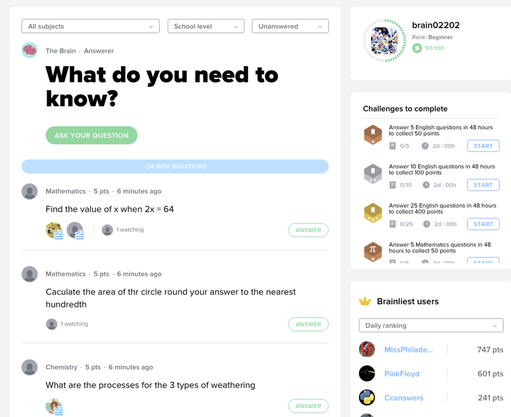
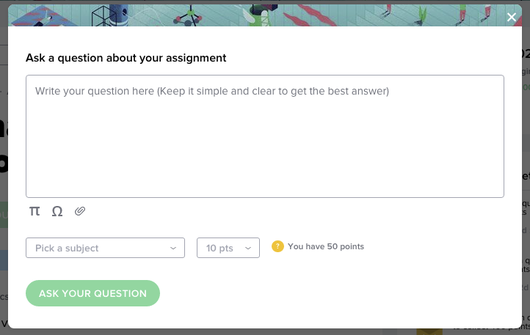
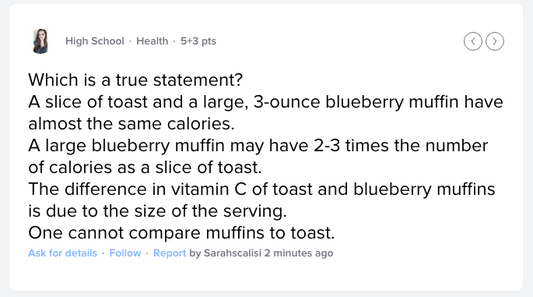
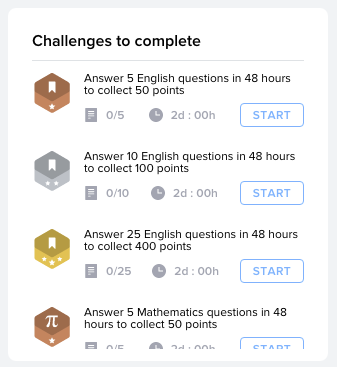
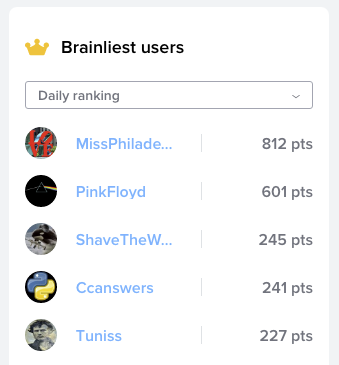



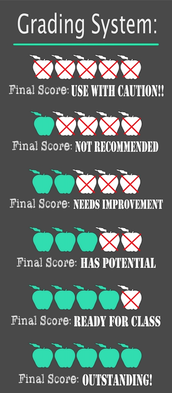





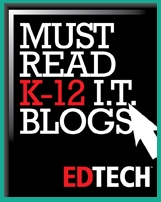
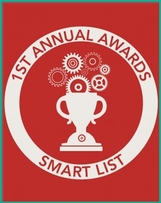
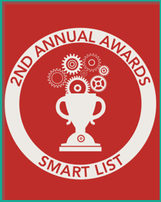

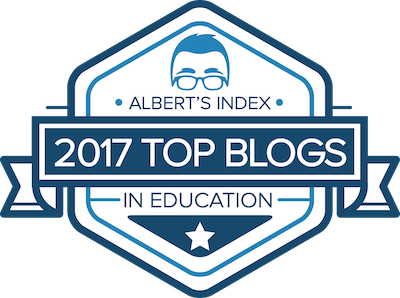
 RSS Feed
RSS Feed
